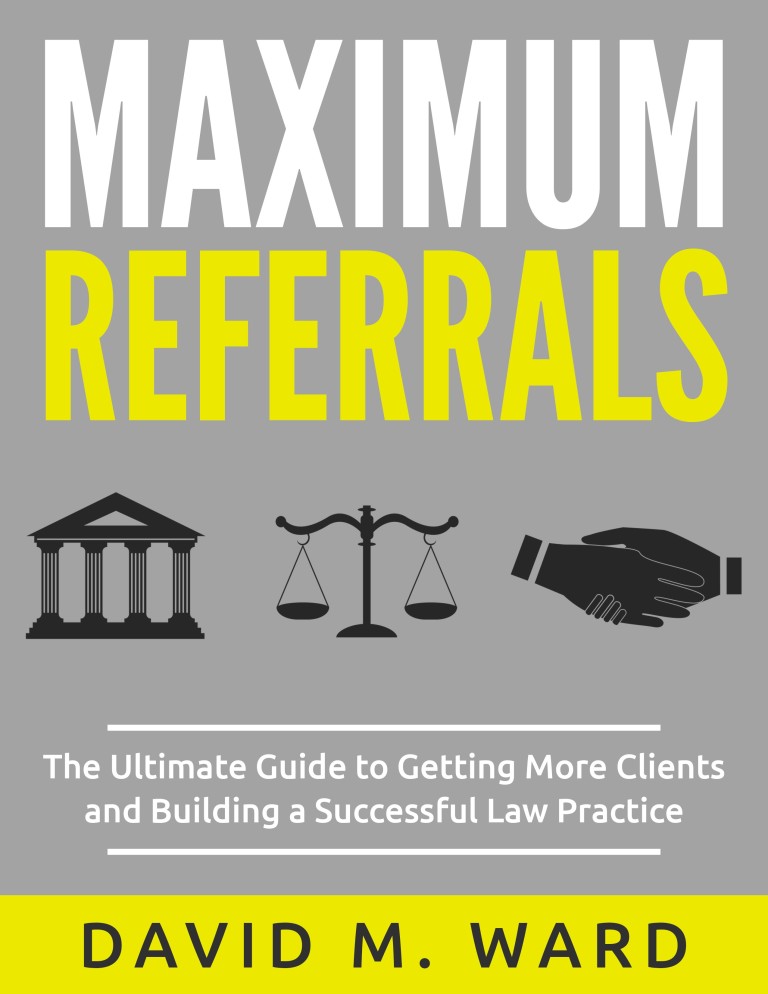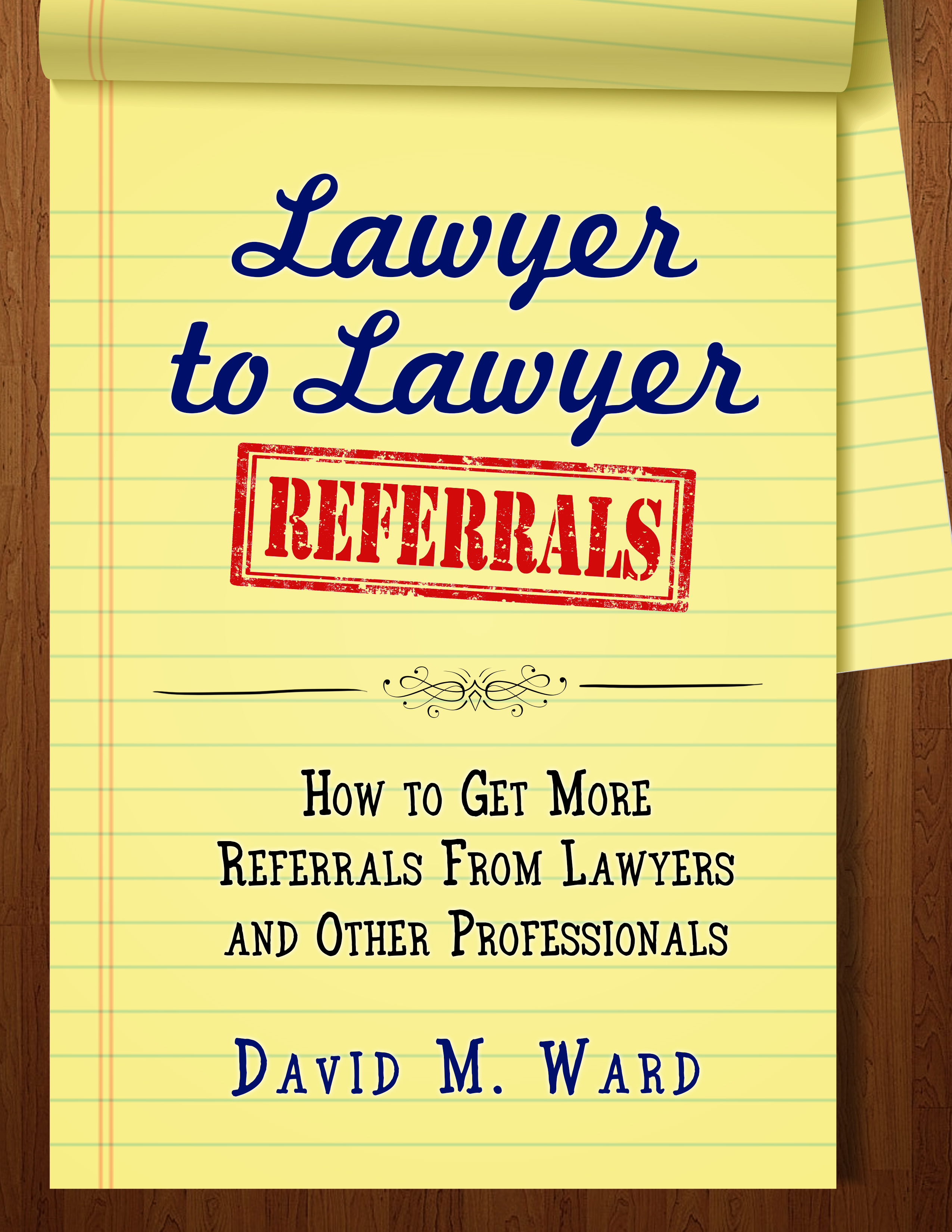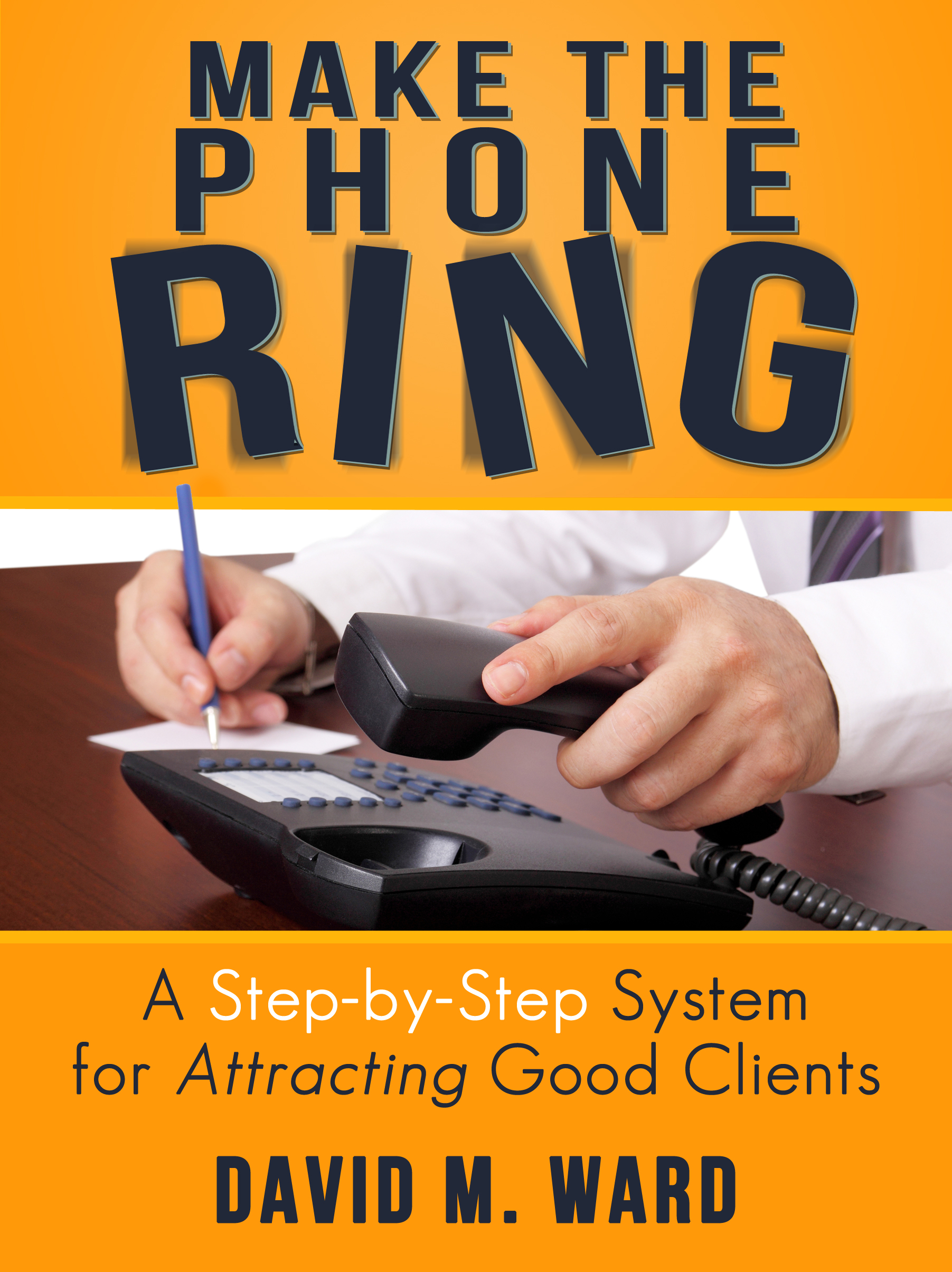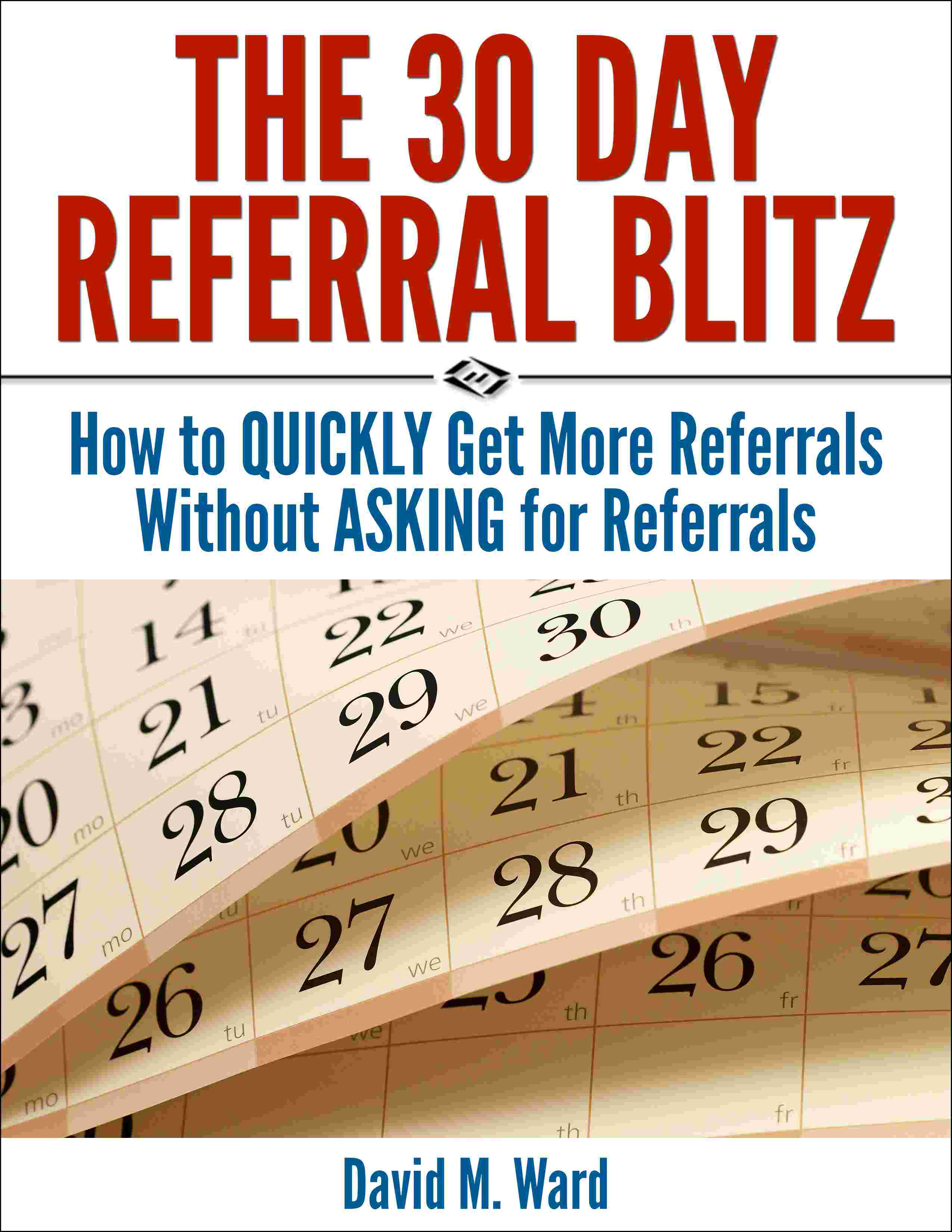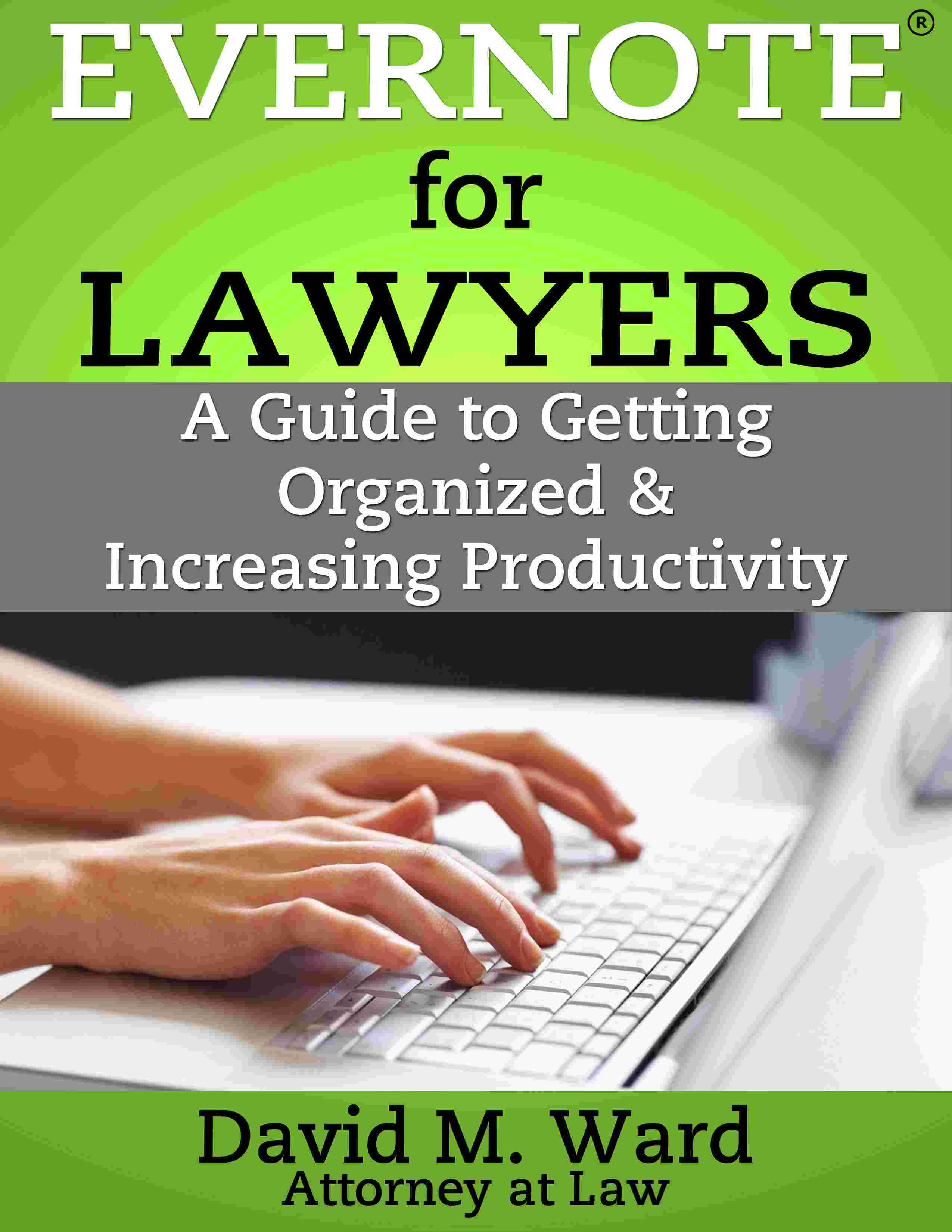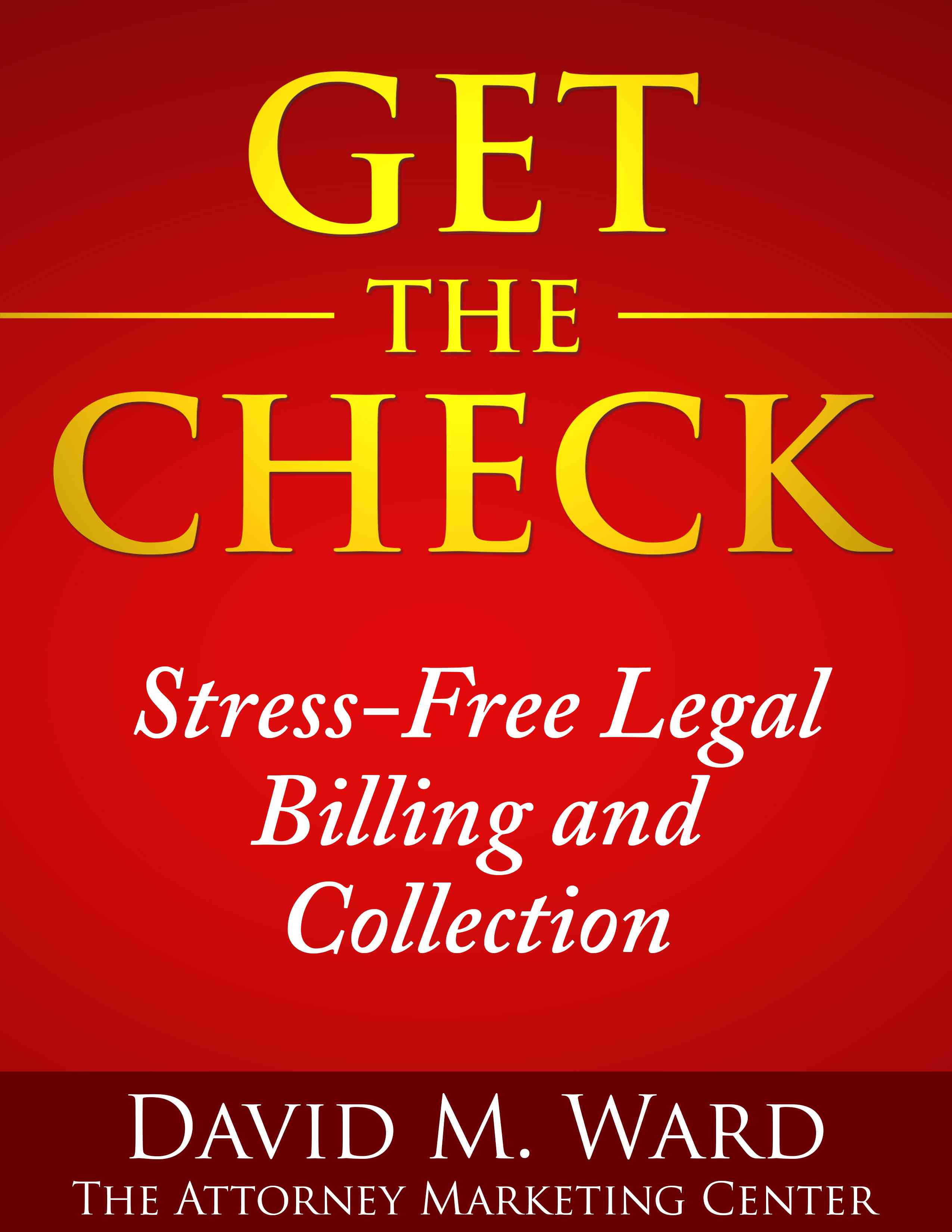Prospective clients often don’t trust lawyers. They may have had a bad experience, friends or business associates may have shared their bad experiences, or decades of TV shows depicting lawyers as liars and cheats might have indoctrinated them.
So they often expect the worst from you.
Among other things, they expect you to be less than transparent about the value of your services and their strengths and limitations. They might expect you to charge top dollar for services they don’t need or could get elsewhere for a lot less.
You want to overcome their doubts and fears and get “the sale,” and make them happy so they hire you again and provide you with great reviews and lots of referrals.
To accomplish this, you should do your best to exceed their expectations. One way to do that is to “down sell” them.
They expect you to tell them they need your “big package,” which costs a lot but is necessary for their protection, yada yada, and they doubt you. When you instead tell them they don’t need that, that they can get most of the benefits they want and need with your “regular” package of services and save a bundle, they are surprised and probably thrilled.
Down selling is a simple and effective way to overcome a would-be client’s fear and skepticism and make them see you as one of the good guys.
You might be inclined to lead with your basic package to get them in the door and then show them your deluxe package or various extras. There are times when this is the right strategy.
But consider down selling instead.


